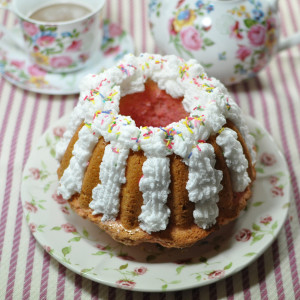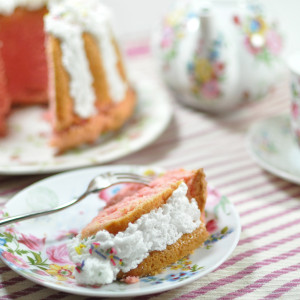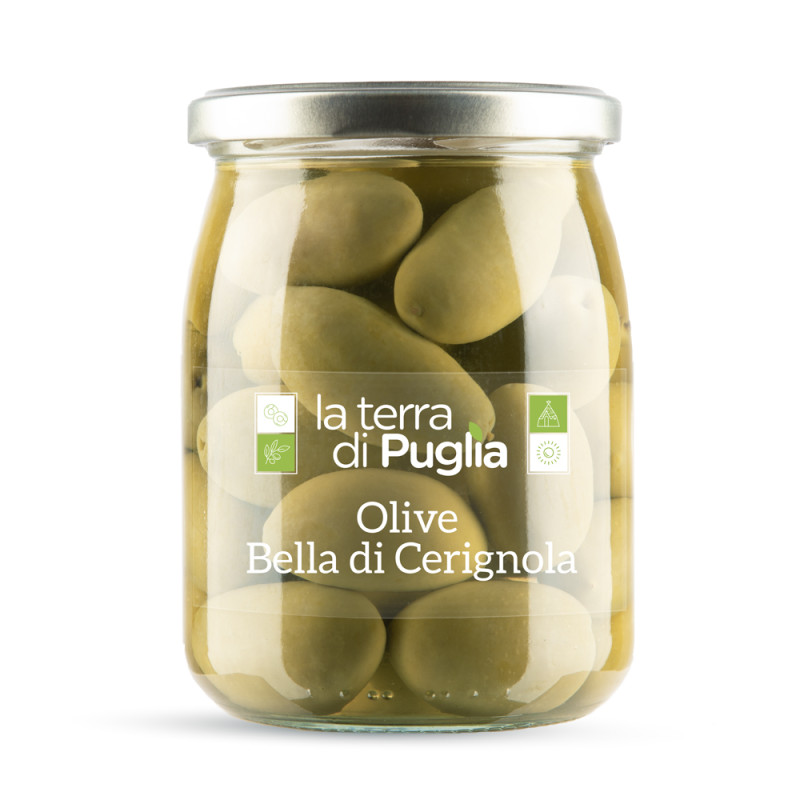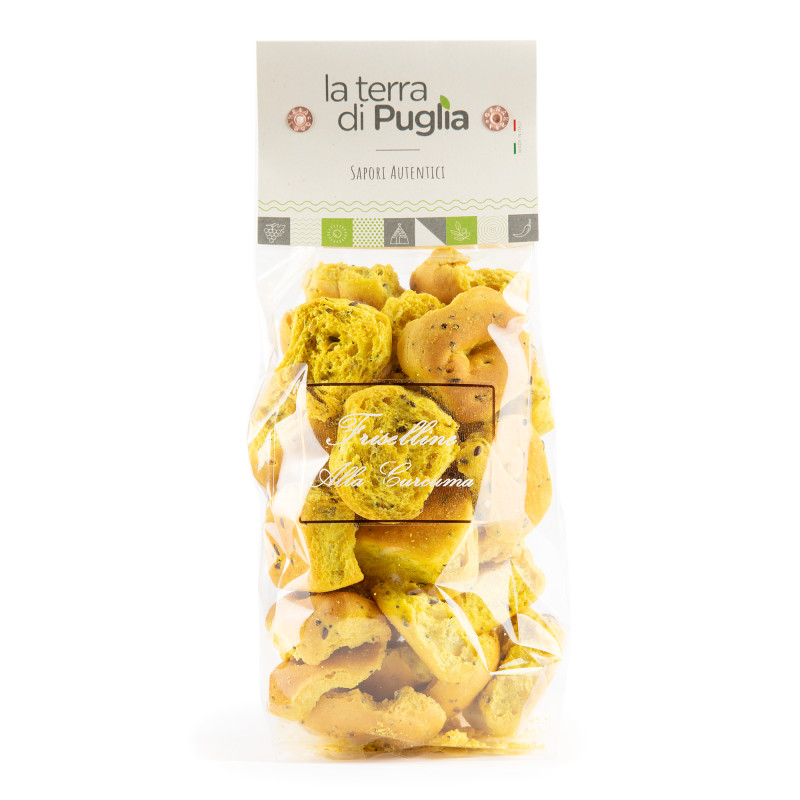Perugian Easter cake ‘Ciaramicola’
‘Ciaramicola’ is a traditional Umbrian Easter cake, simple but delicious and beautiful to behold, with a distinctive flavour from the alchermes liqueur. This dessert enraptures the senses: first one is attracted by the multi-coloured topping, and then one’s palate is won over by the contrasting textures: a soft and buttery base (lard was once used instead of butter), and a crisp meringue as a festive decoration. It is suitable for breakfast or a snack accompanied by a light tea, but is also perfect as a dessert, in this case perhaps accompanied by nice glass of wine. Ciaramicola is easy to make and the only real difficulty is that of making sure your egg whites are properly beaten - they must be very firm so as not to fall off the cake when added as a covering! The classic decoration of coloured sprinkles, and the unusual colour of the dough, make it perfect for a party.
Ingredients
-
Flour 500 grams
-
butter 120 grams Of which 100g for the cake and 20g for greasing the mould
-
sugar 250 grams

Send the recipe
Preparation
Put the flour, the egg yolks, lemon zest, sugar and 100g of soft butter cut into small pieces into a bowl. Mix thoroughly, then add 1 cup of alchermes liqueur and the baking powder to form a smooth paste in the shape of a doughnut. Put it in a greased and floured mould. Bake at 180°C for 40 minutes. When almost cooked, cover it with the beaten egg whites and put it back in the oven for 2 minutes. Serve cold, sprinkled with sugared almonds.
Step by step
|
View the step by step

|
Grate the lemon zest
|
|
View the step by step

|
Put the flour, the egg yolks, the grated lemon zest, the baking powder, the sugar and 100g of softened butter cut into pieces in a bowl
|
|
View the step by step

|
Mix everything together briefly
|
|
View the step by step

|
Add the alchermes liqueur
|
|
View the step by step

|
Mix everything together well until you have a smooth dough
|
|
View the step by step

|
Transfer the cake mix into a buttered and greased cake tin or other silicon mould in the shape of a doughnut
|
|
View the step by step

|
Beat the egg whites well until firm adding 3 tablespoons of sugar, preferable icing sugar
|
|
View the step by step

|
Decorate the cake with the meringue
|
|
View the step by step

|
Bake in a preheated oven at 180°C for 40 minutes. Once nearly cooked, re-cover the cake with the beaten egg whites and put back in the oven for a few minutes with the door open. Serve cold, sprinkled with sugared almonds
|
|
View the step by step

|
Serve the cake
|




